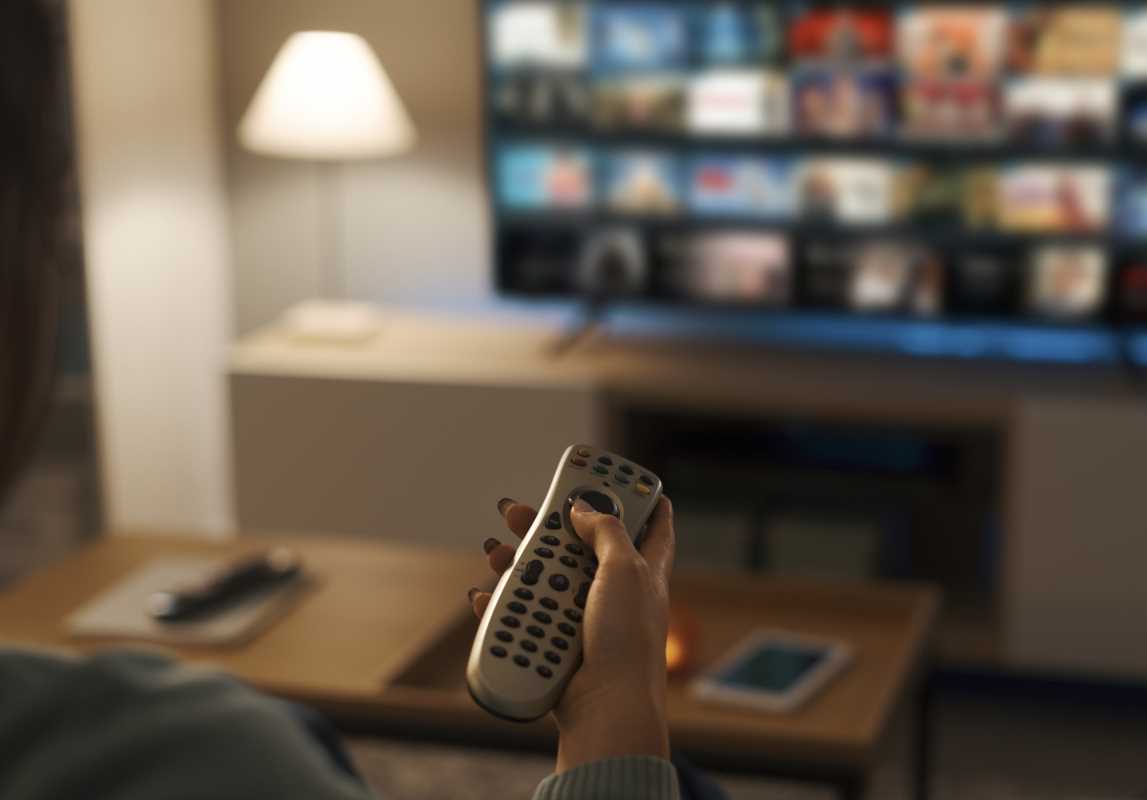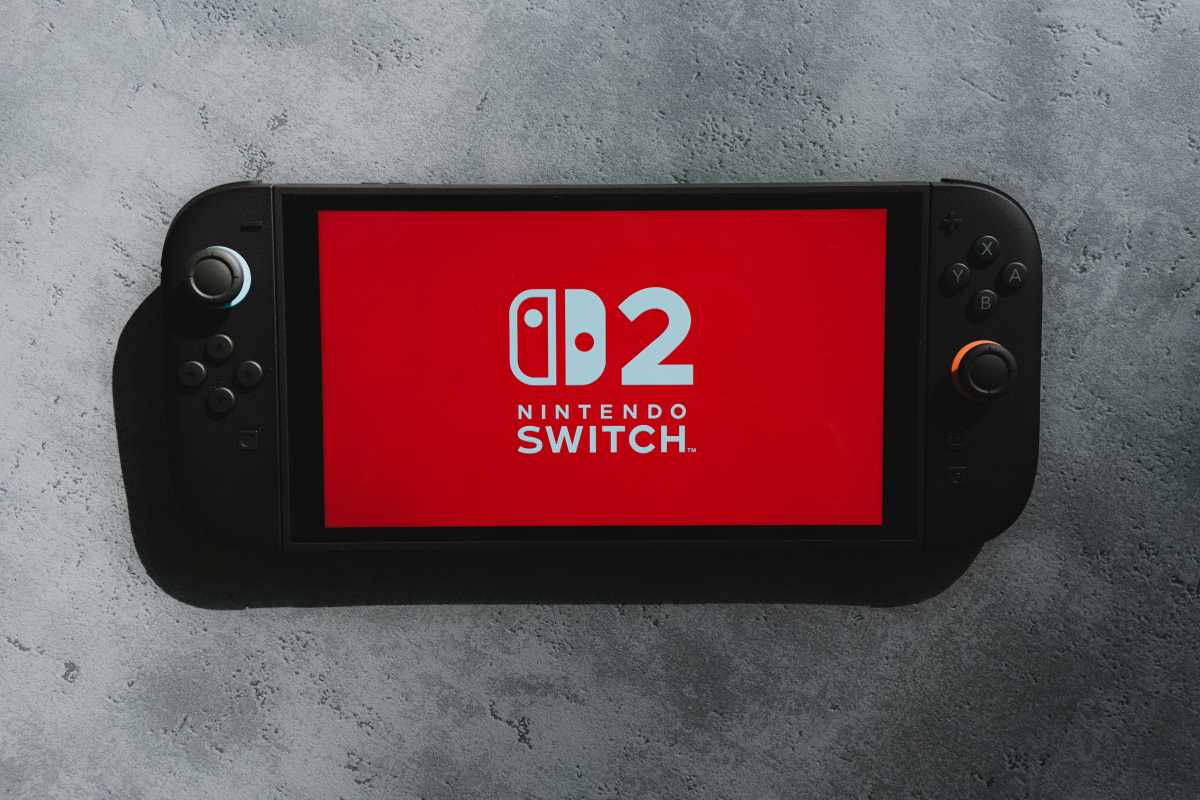The smart TV landscape in 2025 has reached new heights, delivering experiences that blur the line between cinema and living room entertainment. With advances in display technology, AI-powered features, and gaming capabilities, choosing the right TV isn't just about screen size anymore—it's about finding the perfect balance between cutting-edge tech and real value.
Let's dive into the standout models that actually justify their price tags and explore what makes them worth your investment.
Premium Powerhouse: Samsung QN95D Neo QLED
Samsung's QN95D represents the pinnacle of QLED technology, combining Quantum Dot enhancement with Mini LED backlighting to deliver exceptional contrast and brightness. The Quantum Matrix Technology Pro creates precise dimming zones that rival OLED's deep blacks while maintaining Samsung's signature vibrant colors.
What sets this model apart is its Neural Quantum Processor 4K, which uses machine learning to upscale content in real-time. Whether you're streaming compressed Netflix content or watching older movies, the AI enhancement creates noticeably sharper, more detailed images without the artificial over-processing that plagued earlier generations.
The Object Tracking Sound Pro technology deserves special mention—speakers positioned around the entire frame create three-dimensional audio that follows action across the screen. It's not just marketing; you'll genuinely notice dialogue seeming to come from characters' mouths rather than below the screen.
Gaming enthusiasts will appreciate the 144Hz refresh rate support and variable refresh rate (VRR) compatibility with both Xbox and PlayStation consoles. Input lag measures just 5.8ms in Game Mode, making it competitive for serious gaming while maintaining excellent picture quality.
OLED Excellence: LG C4 OLED
LG's C4 continues the company's OLED dominance with refinements that address previous generations' weaknesses. The α9 Gen7 AI Processor delivers improved motion handling and upscaling, while the new Meta Lens technology increases brightness by 20% compared to the C3 model.
Perfect blacks remain OLED's calling card, but the C4 tackles the format's traditional weakness—peak brightness—with impressive results. HDR content displays with remarkable detail in both shadow and highlight areas, creating that coveted "looking through a window" effect that OLED enthusiasts prize.
The webOS 24 platform feels more responsive than ever, with faster app loading and smoother navigation. The updated Magic Remote includes improved voice recognition that actually understands natural speech patterns, reducing the frustration of repeated commands.
For movie lovers, the Filmmaker Mode automatically adjusts settings to match directors' intended viewing experience, while support for Dolby Vision IQ adapts HDR based on ambient lighting conditions in your room.
Best Value: TCL QM8 Mini LED
TCL's QM8 proves that premium features don't require premium prices. This Mini LED powerhouse delivers performance that rivals TVs costing twice as much, thanks to over 2,300 local dimming zones and peak brightness exceeding 3,500 nits.
The Google TV platform provides excellent streaming app selection and integration with Google Assistant for voice control. While not as polished as Samsung's Tizen or LG's webOS, it offers superior customization and works seamlessly if you're already invested in the Google ecosystem.
Picture processing might not match Samsung's Neural Quantum technology, but the QM8's Game Accelerator 240 supports up to 240Hz refresh rates for competitive gaming—a feature typically reserved for monitors. This makes it an exceptional choice for PC gaming enthusiasts who want living room-sized gaming without compromising performance.
The build quality feels substantial despite the competitive pricing, with a premium metal frame and thoughtful cable management that doesn't scream "budget TV."
Innovation Leader: Sony A95L QD-OLED
Sony's A95L represents the future of display technology by combining OLED's perfect blacks with Quantum Dot's enhanced color reproduction. This QD-OLED panel achieves brightness levels previously impossible with traditional OLED while maintaining infinite contrast ratios.
The Cognitive Processor XR doesn't just process video signals—it analyzes content the way human vision works, prioritizing objects in focus while naturally rendering background elements. This creates an almost three-dimensional viewing experience that's particularly noticeable in nature documentaries and sports broadcasts.
Sony's reputation for color accuracy shines through the A95L's cinema-grade calibration. Content creators and videophiles will appreciate the Netflix Calibrated Mode, which reproduces Netflix Originals exactly as intended by their creators.
The acoustic surface technology turns the entire screen into a speaker, creating precise audio localization that's particularly effective for dialogue clarity and surround sound immersion.
Budget Option: Hisense U7K ULED
Hisense's U7K proves that "budget-friendly" doesn't mean "budget quality." This ULED model incorporates quantum dot technology, local dimming, and Dolby Vision support at a price point that seemed impossible just two years ago.
The VIDAA U7 smart platform might lack the app selection of Android TV or Roku, but it covers all major streaming services with fast, reliable performance. Built-in Chromecast support fills most gaps for additional content sources.
Gaming features include 144Hz VRR support and dedicated Game Mode Pro settings that optimize performance for different gaming scenarios. While input lag measures slightly higher than premium models at 12ms, it remains imperceptible for casual and competitive gaming alike.
The U7K's 90W integrated sound system outperforms most TVs in its price range, reducing the immediate need for additional soundbar investment.
Smart Features That Matter
The smart TV experience in 2025 extends far beyond app selection. Voice control has evolved from simple commands to natural conversation, with most premium models understanding context and follow-up questions.
AI-powered content recommendations now analyze viewing patterns across household members, suggesting content that appeals to different family members at appropriate times. This personalization reduces the endless scrolling through streaming catalogs that plagued earlier smart TV generations.
Ambient intelligence features like automatic brightness adjustment and sleep timers that learn your habits create more intuitive experiences. Some models even pause content automatically when you leave the room and resume when you return.
Recommendations by User Profile
For Gamers: The Samsung QN95D offers the most comprehensive gaming feature set, including support for next-generation console features and PC gaming at high refresh rates. The LG C4 provides excellent alternative with slightly lower input lag and superior motion handling for fast-paced games.
For Movie Enthusiasts: Sony's A95L delivers the most accurate colors and cinema-like experience, while the LG C4 offers superior streaming platform integration and slightly better value. Both excel with HDR content and support advanced audio formats.
For Budget-Conscious Buyers: The Hisense U7K provides 80% of premium TV performance at 40% of the price, making it ideal for buyers wanting smart features without premium costs. The TCL QM8 offers the best middle-ground option for those who can stretch their budget slightly.
For Bright Room Viewing: Samsung's QN95D and TCL's QM8 both excel in bright environments thanks to their Mini LED backlighting and high peak brightness capabilities.







